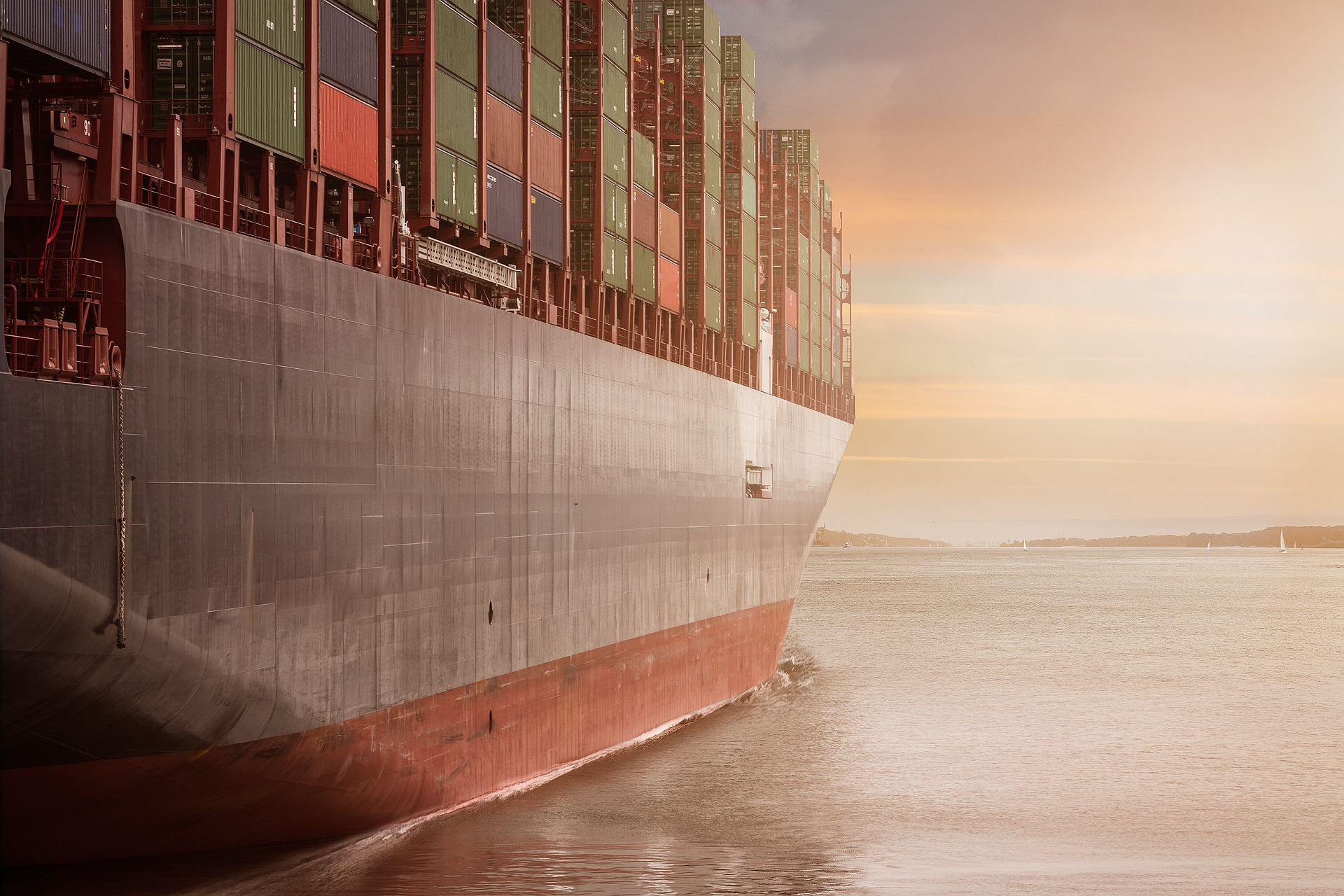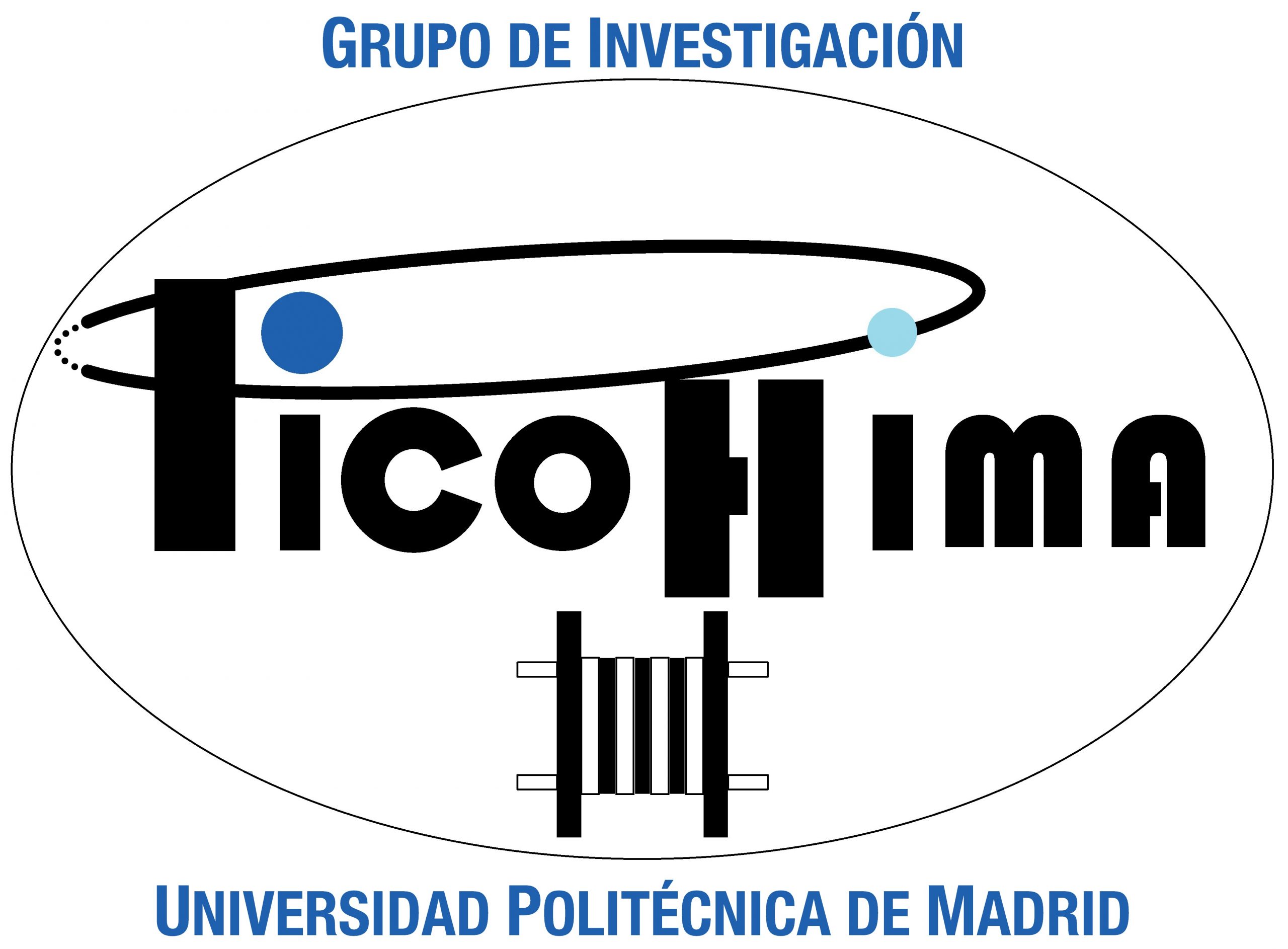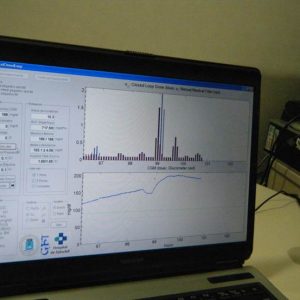Brief description of the solution and the added value it delivers
The thermoeconomic models developed by PiCoHiMA offer the user information regarding the most suitable mode of large-scale maritime transport for renewable energy according to different variables. These variables range from the type of energy source in the place of origin to the transport distance or the energy transformation cost. The models compare the transmission of electricity by undersea cables with the transport of that same energy using hydrogen or methanol as energy carriers, either by pipeline or by boat.
The information generated by these models is of great value to the companies or institutions responsible for making decisions on the most suitable mode of energy transport in each case.
Description of the technological basis
The thermoeconomic models developed by PiCoHiMA are based on information published in international reports and high-impact journals, by authors and entities that are recognised in their field.
Business needs / application
- The term thermoeconomics implies a combination of the concepts of thermodynamics and economics. An energy system is a complex network of processes involving mass and energy flows. Comparing design options from the energy perspective does not necessarily lead to choosing the best one in terms of economics. A trade-off between energy efficiency and financial cost is required in such cases.
- Currently, commitments to reduce greenhouse gas emissions are leading to growing demand for energy from renewable sources. However, countries where there is such a demand may lack sufficient renewable energy sources and must therefore turn to other countries. In those cases, how the energy is transported is no simple matter. In the case of large-scale energy transport by sea, there are different possible solutions, from installing undersea cables or pipelines to transporting energy by means of fuels, such as hydrogen or methanol, generated using renewable sources of energy.
Competitive advantages
- PiCoHiMA has developed thermoeconomic models to aid decision-making on the most suitable mode of energy transport, taking into account various factors such as the distance between the energy’s origin and its destination, its price and the type of renewable energy source in the place of origin. That information can be key for both governments and companies in the energy sector.
- The specialist training of the PiCoHiMA group means that it can offer thermoeconomic studies with a completely sound and up-to-data scientific and technological basis.
Past performance references
These references are subject to strict confidentiality agreements.
Stage of development
- Concept
- Research
- Lab prototype
- Industrial prototype
- Production














